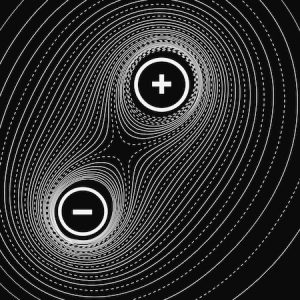 Delivering biological medicines directly to cells can maximize their effectiveness while minimizing side effects, says Jordan Green, professor of biomedical engineering. To do this, Green and his team have created a nano-sized polymer container that can slip inside cells to deliver protein-based medicines and gene therapies.
Delivering biological medicines directly to cells can maximize their effectiveness while minimizing side effects, says Jordan Green, professor of biomedical engineering. To do this, Green and his team have created a nano-sized polymer container that can slip inside cells to deliver protein-based medicines and gene therapies.
Most current biological therapies are large and highly charged, which causes them to be repelled from the cell surface. Inspired by the structure of viruses, Green’s team configured their polymer to have a balance of positive and negative charges—a design that allows the container to interact with both the biological therapy and the cell membrane. Once engulfed by the cell, the polymers degrade, leaving the medicine to do its work.
“When I first started this project five years ago, scientists didn’t think that you could use something other than a virus to deliver these therapies into cells,” says Yuan Rui, a graduate student on Green’s team. “Developing new technologies can help us understand more about disease and about making new drugs.”
Rui and Green now are working to make the nanocontainers more stable and are taking steps to commercialize their technology.




